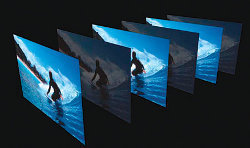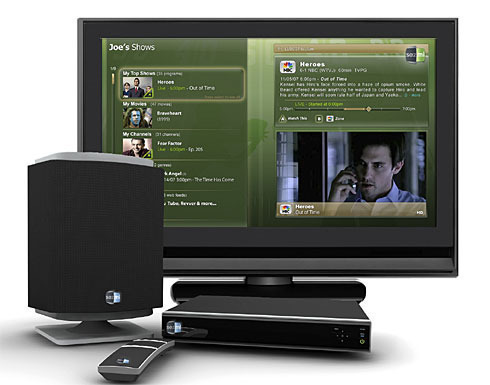Picture quality is a general term used by the viewer to rate the inherent quality of the image. It is mainly subjective, meaning that each viewer rates the picture quality differently. Some people may think that an image is high enough quality, but you may have an individual with higher standards that may say the image lacks quality or sharpness. Picture quality is used in a general sense.
With digital images, many people are able to rate and categorize images based on bits of information or pixels that create an image. For instance, if you had two digital images, one being 1 mega pixels (1 million pixels) and another image having 5 mega pixels of information in the image, most people would state that the image with more mega pixels has the higher picture quality. And this would be true in lots of circumstances. However, if the 5 mega pixel image was taken in complete darkness and the 1 mega pixel image was taken using regular light, most people would agree that although an image may have more mega pixels, that doesn't necessarily mean that it has a better picture quality.
Picture quality for the most part is determined by resolution and a balance of colors which is usually termed contrast. Resolution refers to the amount of detail in a picture. Usually the more detail in a picture, the higher the resolution. For instance, a 5MP (mega pixel) image has more resolution than a 1MP image.
Besides an image having more bits of information, the sharpness or colors in a picture should also be vivid. Meaning that the viewer should be able to see an image clearly and differentiate the numerous colors from one another in the image. You don't want to look at an image that is muddy, cloudy or out of focus. You want to see clearly defined objects with sharp colors. Contrast is important to this process.
Contrast or sometimes called contrast ratio, it is the specific amount of brightness or luminance between two colors, one of these colors is always the color black, the other colors can vary, usually green, blue or red. Contrast helps a viewer perceive picture quality. If an image has a high contrast ratio, the colors will be sharp and vivid. If the image has a low contrast ration, the image will probably be muddy or out of focus.
For most people the quality of picture quality can easily be improved or reduced when taking digital images or when it is being shown on a HDTV set. Digital images can be easily augmented to add picture quality. For instance, with digital images, you can usually set the resolution level and even add the amount of colors that an image can have. Some digital cameras or HDTV sets can produce millions upon millions of different colors, with the end result of increasing the overall picture quality.




Follow Us!